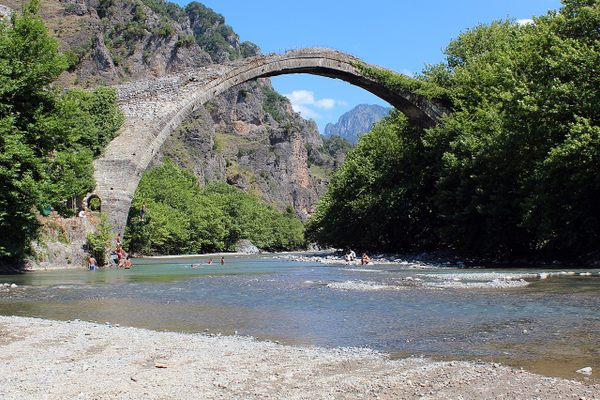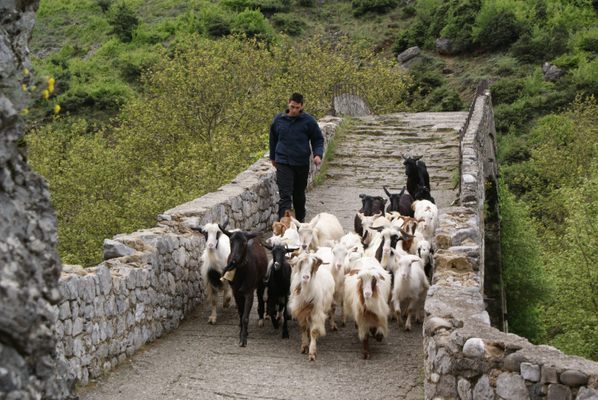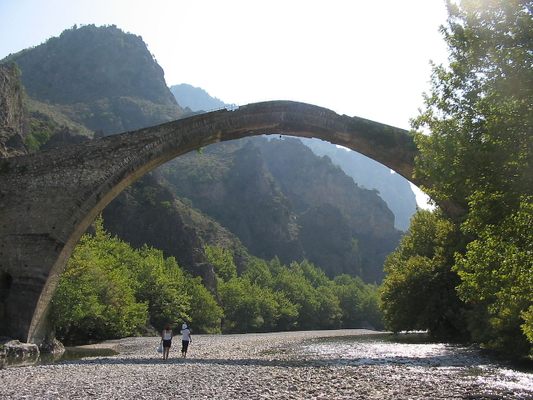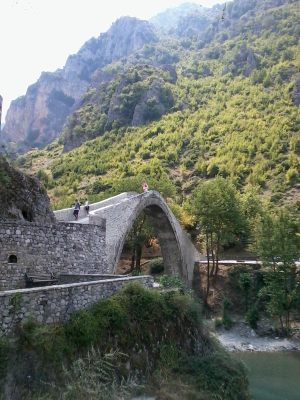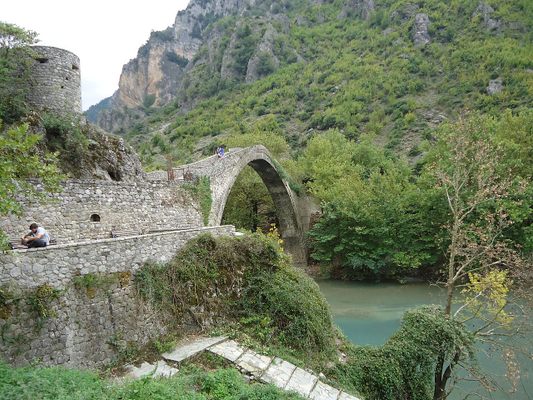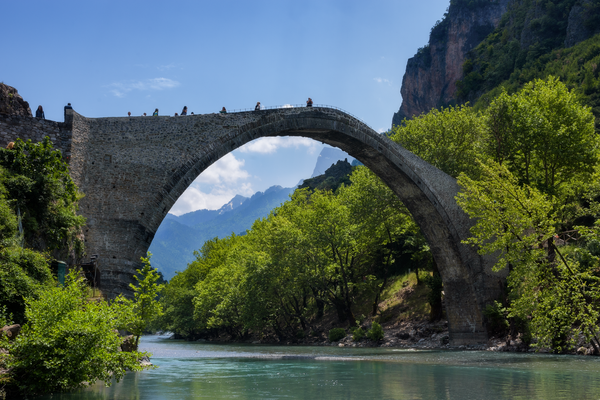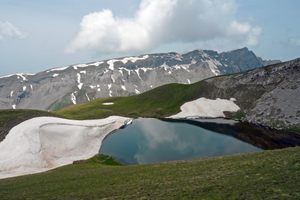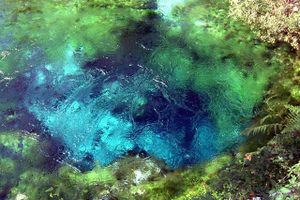About
A number of old stone bridges span the rivers near the town of Konitsa in northwestern Greece, not far from the Albanian border, but none can match the simple beauty of the Konitsa Bridge; a single span pedestrian bridge that crosses the Aoos River.
The Epirus Region of Greece is known for its rugged beauty, its mountain ridges, and alpine flora and fauna. It’s also famous for the stone arch bridges that cross the region’s rivers, connecting a network of historic towns and villages.
Arguably the most charming of these bridges is the Konitsa Bridge (sometimes called the Aoos Bridge), which spans the Aoos River just to the south of Konitsa. Completed in 1870, it was the work of the architect and engineer Ziogas Frontzos from Pyrsogianni, a small village some 20 miles north of Konitsa.
Despite his provincial education—he learned much of his craft in the quarry near his village—Frontzos nonetheless impressed the Turkish engineers who had previously tried and failed to build a bridge over the Aoos. When the Turks asked him where he had studied, he proudly told them he had studied at the University of Pyrsogianni, in the “quarry outside the village where young craftsmen were taught the secrets of this art.”
The elegant single-arched bridge is 66 feet (20 m) high and 115 feet (35 m) in length, which could quite well make it the largest single arch bridge in the Balkans. It’s narrow, however, just wide enough for pedestrians, livestock, and carts to pass from one side to the other.
It’s also not the kind of bridge you’d want to stumble across in an inebriated state. The low walls at either side don’t offer much of a barrier between pedestrians and the river below. Because of this, a bell still hangs under the arch to warn passersby of strong winds, which could make the crossing dangerous.
The fact that this pretty bridge still stands at all is no mean feat. The Turkish Army tried unsuccessfully to burn it down in 1918 and later attempts to blow it up during the Greco-Italian war and the civil war that followed also proved fruitless. Ziogas Frontzos would surely be proud that his picturesque arch, a seemingly fragile and fairytale-like construction, managed to survive these various threats.
Know Before You Go
Konitsa Bridge is located just to the south of Konitsa and is easy to walk to from the town center. The bridge also sits on the boundary of Vikos–Aoös National Park, which includes the Vikos Gorge and the Aoos Gorge. As well as admiring stone arch bridges, the area is popular for trekking and river rafting.
Community Contributors
Added By
Published
April 16, 2019
